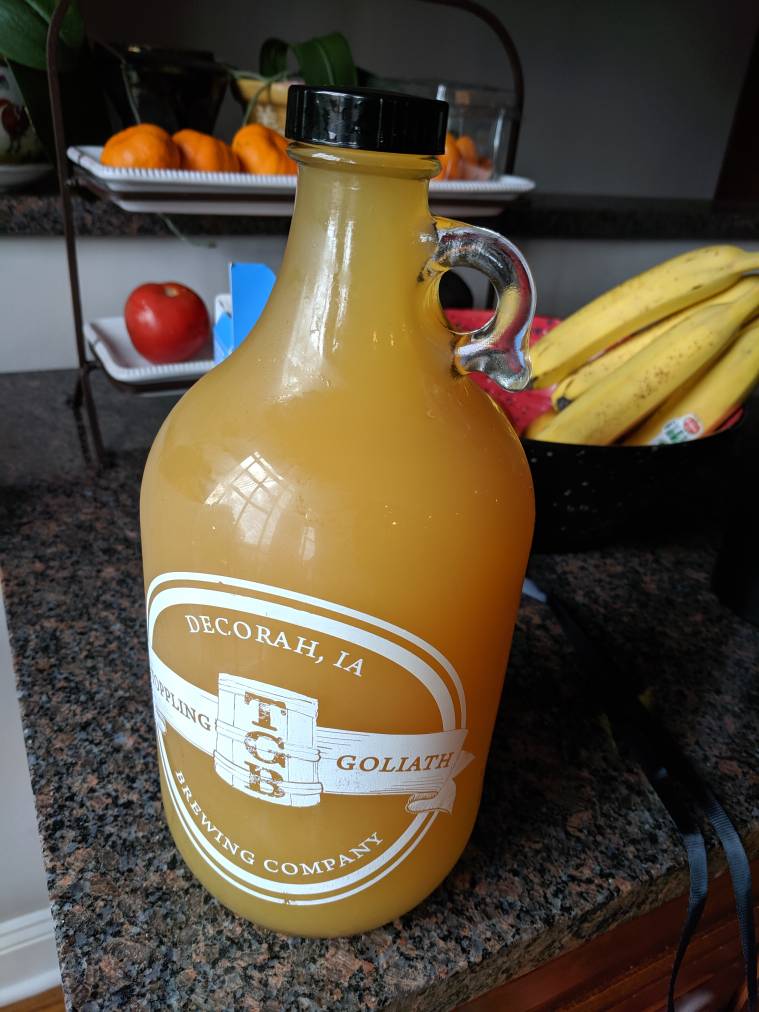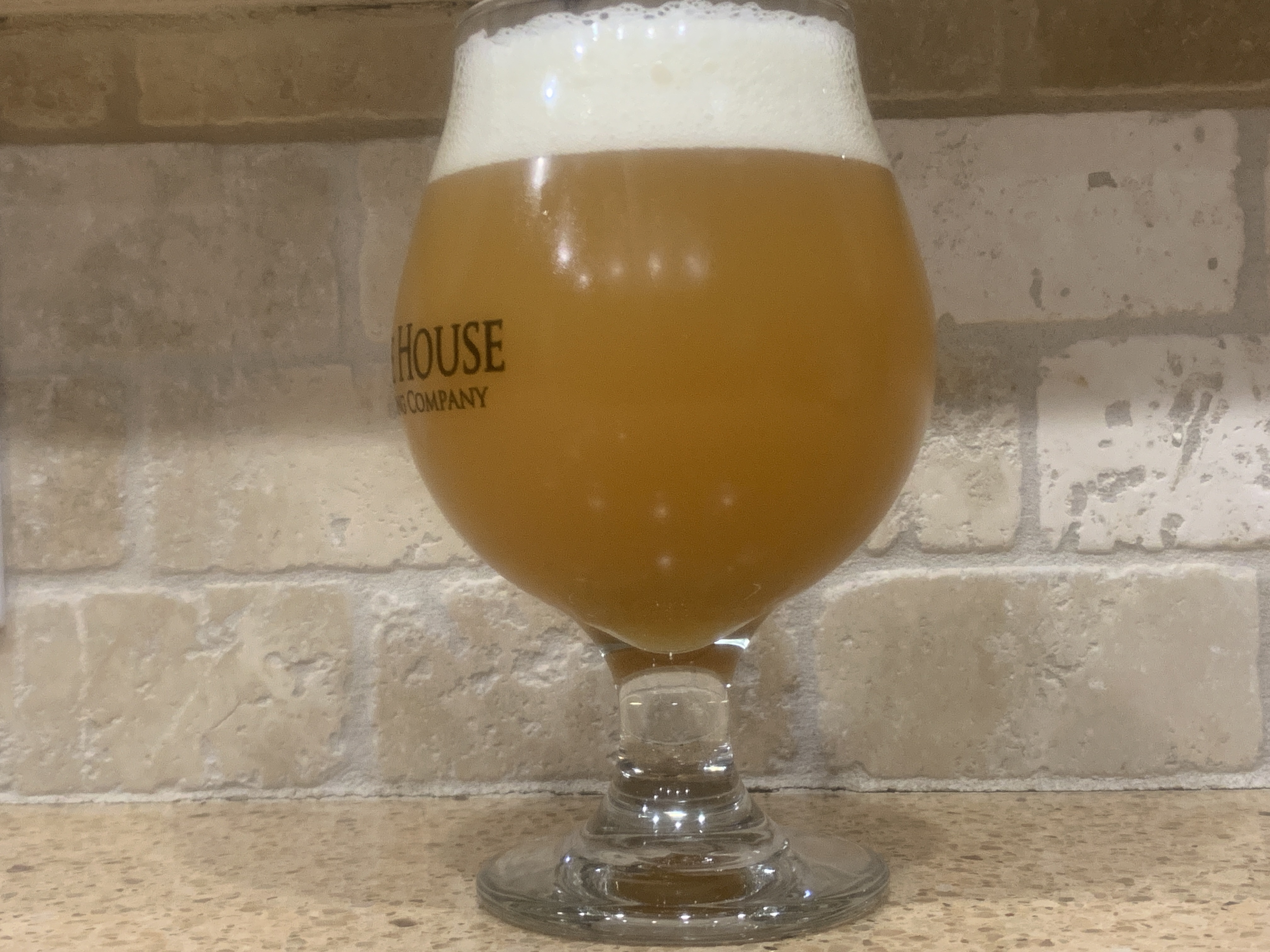SRJHops
Why did the rabbit like NEIPA's so much?
Looks good man...8 hop varieties huh...muddled?
Interested in thoughts about muddling... I think more than 1 hop makes sense, of course, in that hops can compliment each other... But how many is too many? I tend to use three varieties, usually citra, mosaic, and something else, like galaxy or Idaho 7. But I'm designing my next recipe and was considering using 5: citra, mosaic, Idaho 7, and a small amount of galaxy and simcoe.
On a related note, is it better not to mix dry hops? Maybe go with one type of hop for each separate dry hop? Thinking of 3 dry hop additions with two during active and one 48 hours before bottling: citra for the first, mosaic for the second, and simcoe for the last.






















































![Craft A Brew - Safale BE-256 Yeast - Fermentis - Belgian Ale Dry Yeast - For Belgian & Strong Ales - Ingredients for Home Brewing - Beer Making Supplies - [3 Pack]](https://m.media-amazon.com/images/I/51bcKEwQmWL._SL500_.jpg)










